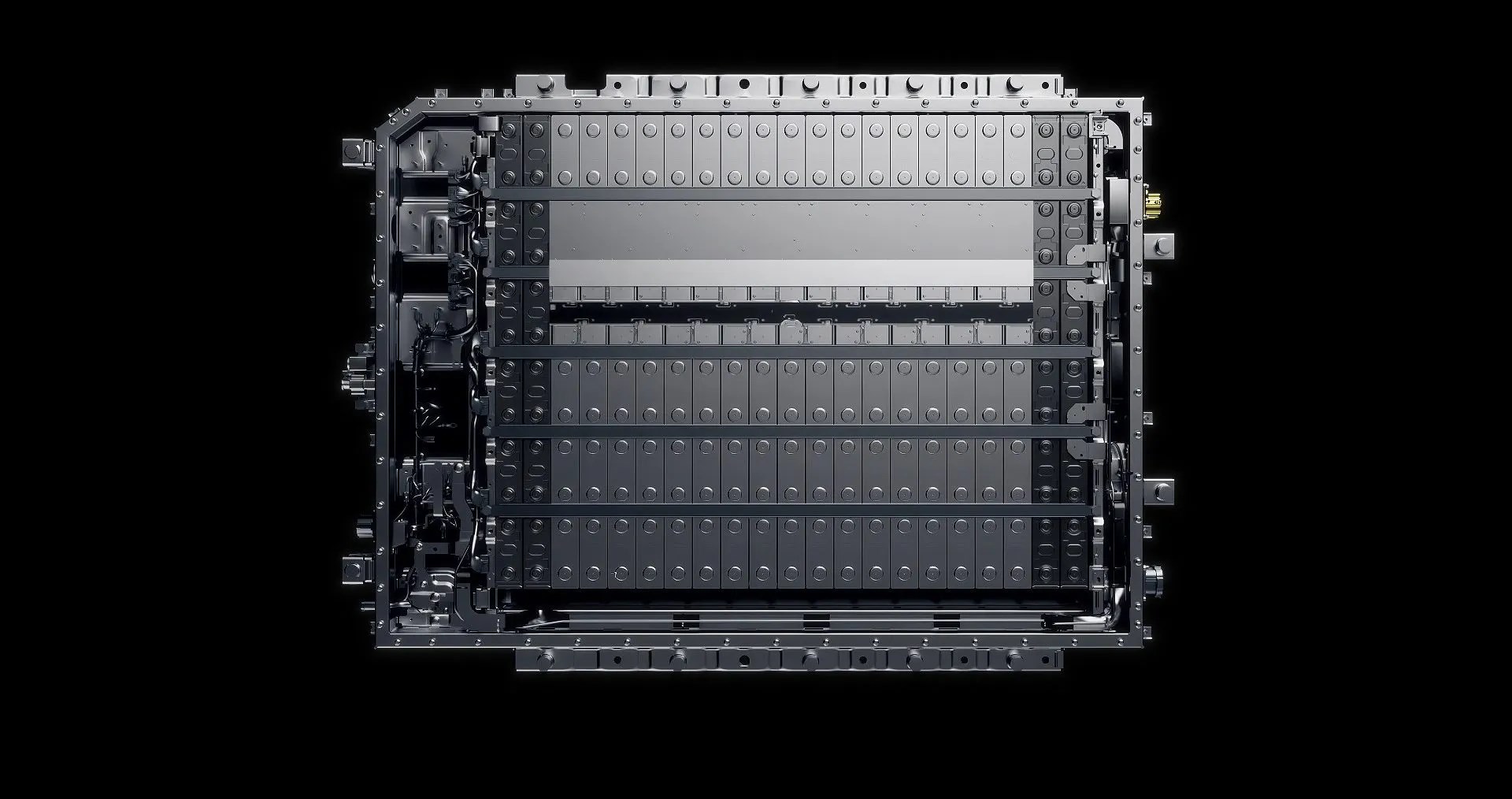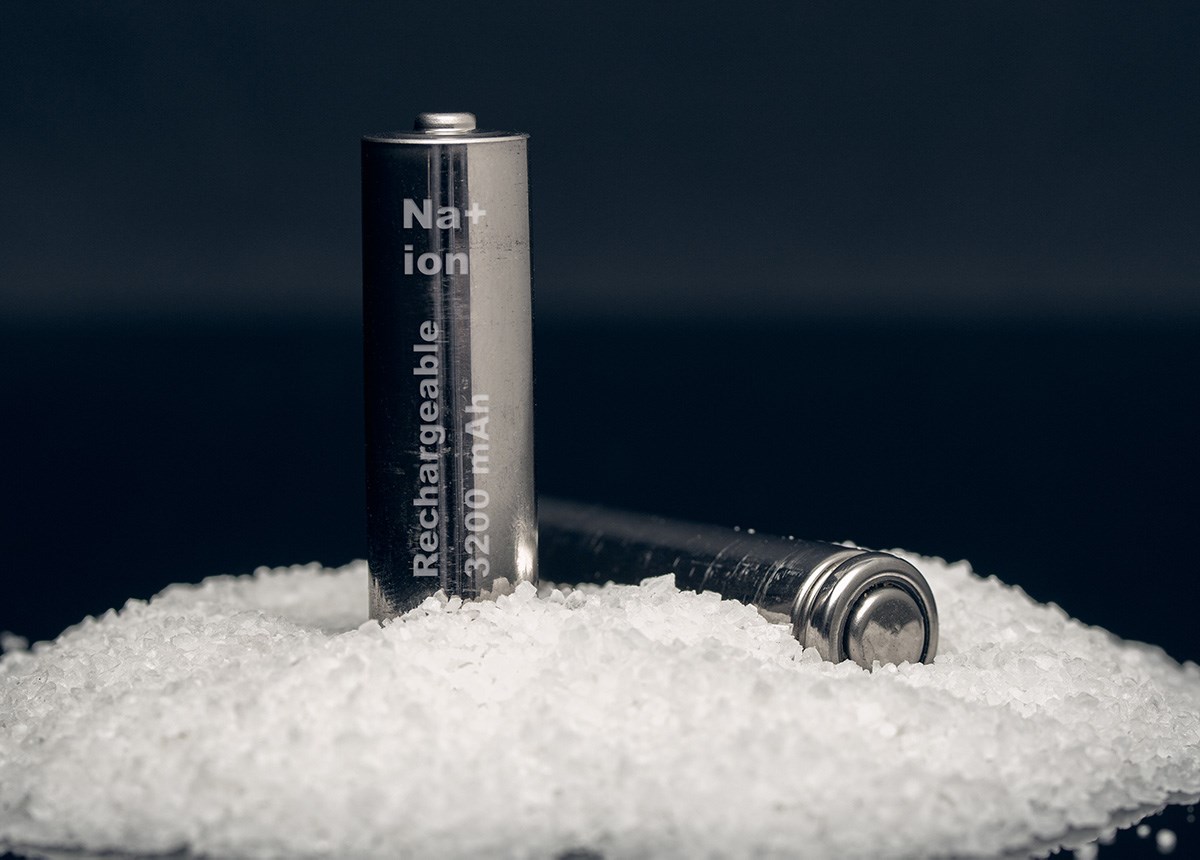See Full Size
Low temperatures will not be a problem
CATL’s new generation sodium-ion battery draws attention especially with its low temperature durability. These batteries At extremely low temperatures such as -40°C It can even be discharged normally. Although current data in terms of energy intensity is not disclosed, the company’s goal is to 200 Wh/kg of water.
Wu Kai stated that the new batteries not only offer durability in cold weather conditions but also increase safety performance. These features make sodium-ion batteries an attractive option for vehicles and devices that will be used in cold climates.
Sodium-ion batteries work similar to lithium-ion batteries in terms of energy storage mechanism. Currently, sodium-ion batteries have better characteristics in terms of safety and low temperature resistance; but they do not have as high an energy density as lithium-ion.
Costs will decrease over time
See Full Size
CATL’s first generation sodium-ion battery was introduced in 2021 and attracted attention with its high energy density, fast charging capacity, thermal stability and low temperature performance. The company’s new generation sodium-ion batteries are expected to replace lithium-ion batteries by 20-30 percent, especially in short-distance electric vehicles.
On the other hand, BYD started its sodium-ion battery production project with an annual capacity of 30 GWh at the beginning of 2024. These batteries, which are currently produced with an energy density of 105 Wh/kg, are planned to reach 130 Wh/kg in the coming years. CATL’s 200 Wh/kg target is seen as a very ambitious target for the sector.
This news our mobile application Download using
You can read it whenever you want (even offline):




